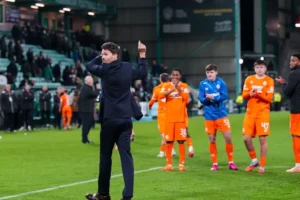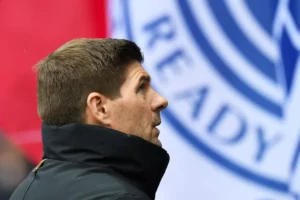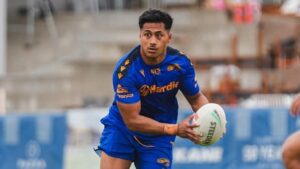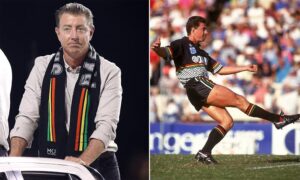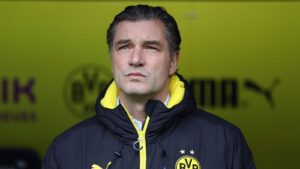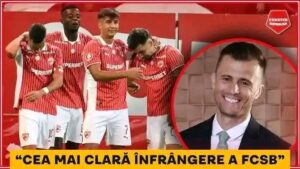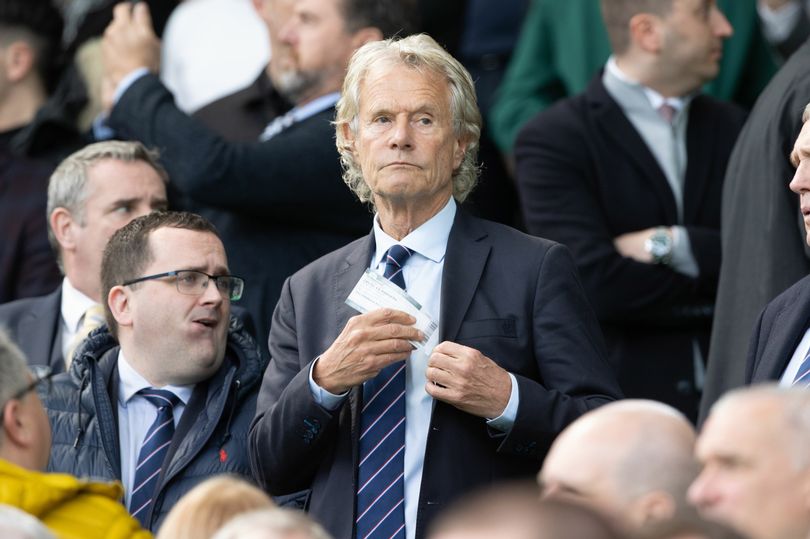
At their club’s AGM, the former Gers chairman revealed the information in front of shareholders.
The first task for incoming Ibrox chief executive Patrick Stewart, according to Rangers director Alastair Johnston, will be to investigate the prospect of forming multi-club alliances with rivals overseas.
As the Light Blues’ struggling board faced down shareholders at their AGM, the former chairman of the Gers revealed the information. According to the US-based sports management specialist, the Glasgow giants might be about to follow in the footsteps of Manchester City, who have partnerships with other clubs worldwide in an effort to maximise revenue from player acquisition, development, and sales.
Both Hearts and Hibs are currently looking into this avenue after reaching deals with the owners of Brighton and Bournemouth, two teams in the English Premier League. Johnston now asserts that after being briefed by the managers of OGC Nice, their recent Europa League rivals who are now a member of the same INEOS stable as Manchester United, Rangers may also be amenable to the idea.
On December 16, former Old Trafford manager Stewart will begin his new position at Ibrox, and Johnston believes he can provide guidance on the next course of action. “We were in Nice last week,” he stated, addressing an audience of about 1800 admirers at the shareholder event. A number of my friends, fellow directors, and officials joined me for lunch.
And Jim Radcliffe, who owns Manchester United through his business, was the owner there. But everything else is essentially his. We’re now investigating several topics to see if club formations can serve as a route for us.
For instance, everyone is aware that Manchester City has clubs under its purview. I believe we should take a closer look at that one. Regarding the new CEO joining from Manchester United, I would expect him to offer a lot of guidance in that area and how working together may essentially increase our bottom line.
The fans at the Clyde Auditorium were taken aback by such information. However, that was nothing compared to the shock that swept the room when James Taylor, the finance head, revealed that the club had only managed to raise £800,000 for the summer sales of Robby McCrorie, Todd Cantwell, Scott Wright, Sam Lammers and Connor Goldson.
This year’s annual accounts included the figure, but several supporters thought it was a misprint. But when Taylor acknowledged, there were gasps: “Yes, confirmed.” The figure is, in fact, £800,000.
“The player trade model hasn’t proven successful. It hasn’t functioned for several years. For this football team, that is not a novel issue. It’s an ongoing issue that requires our attention and a new perspective.
“The player acquisition approach has always differed greatly from the one examined last summer. Indeed, there was a plan to lower the labour expense, but once more, when examining a player trading model, the results are usually seen 12, 18, and 24 months after the investment was made. The ongoing difficulties resulting from decisions made 12, 18, and 24 months ago are what we are witnessing at this time.
“While there is no assurance that moves will be successful, we can uphold our values and try to increase the squad’s worth while also bringing in players at more sustainable levels. After that, we give ourselves more chances to acquire that jewel, sell it, and truly start the positive feedback loop.
“We always go into negotiations looking to get the best possible value – but there are also market realities,” said Nils Koppen, the recently appointed technical director.
These kinds of choices have put the board under pressure and contributed to this season’s unsuccessful title challenge, along with the chaotic Copland Road construction project that forced the team to begin the new season at Hampden. However, interim chairman John Gilligan acknowledged the outcry from the fans and announced that a significant overhaul would begin in the coming weeks with the recruitment of a new boardroom chief.
Since our last meeting, the club has undoubtedly been going through a difficult time, he stated. Our initial goal was to upgrade our facilities for people with disabilities. On behalf of the Board, I would like to once more sincerely apologise to all of you supporters and especially to those who have been harmed by the disturbance in the Copland. We have listened to others.
Following a recent examination of the company’s governance, the directors came to the conclusion that the current board structure needed to be updated and reorganised. Investors who have continuously contributed to the club’s funding over the past ten years currently make up the full board. The club benefited greatly from this framework throughout the early stages of our recuperation.
The present refinance exercise and Rangers’ significantly improved financial standing indicate that our business model is now viable. This should be reflected in our board structure, which should include increased representation from our executive team and a significant role for independent, non-shareholder, non-executive members. The proposal to reorganise the board to include two more independent non-executive directors will be revealed soon, along with the appointment of a new, independent non-executive chair.
